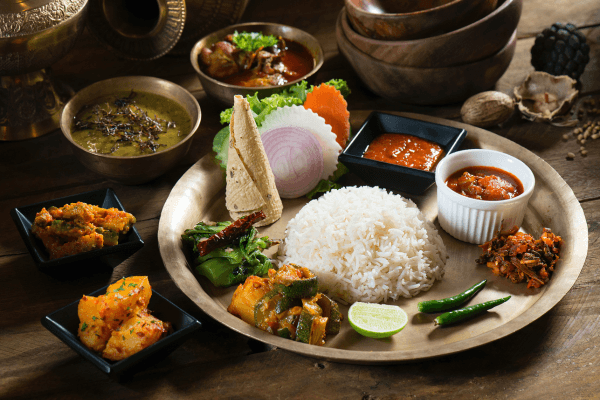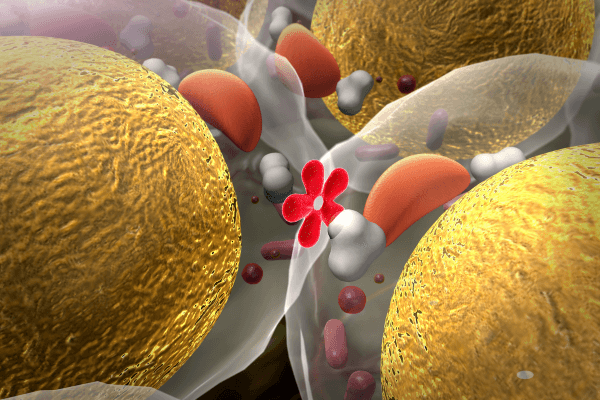Without a doubt, most Indian kitchens have some sort of spices stacked away in their cabinets. Though there is no set rule for the variety of spices used in the Indian cuisine, each and every spice has a unique flavour and taste which it imparts to the dish.
Spices are used as condiments and seasonings in dishes, they also have a part to play in culinary ethos. They are available in different forms such as ground/powdered, crushed or processed form of seeds, leaves, bark or root portions of herbal plants or trees. Though herbs and spices are commonly used interchangeably, herbs are the fresh leaves of soft plant parts. Dried up herbs may act as spices.
Uses of spices
- Herbs and spices add taste and flavour to food.
- Spices and herbs may have a role in medicine and treatment of diseases.
- They may be a source of antioxidants (flavonoids and polyphenols).
- They may help improve the shelf life of foods.
- They are an important aspect of food culture and heritage.
Health benefits of spices
Surveys conducted on the health benefits of consuming spices have revealed that, people living in China who consumed spices 1-2 days/week were at a reduced risk of death while those who consumed spices 7 days a week had a 14% reduced risk of death. Though the specific role of spices is unclear, they are said to provide several health benefits.
Here are 11 spices with their unique health benefits and culinary applications
| Spice | Health benefit | Culinary use |
| Cardamom | It is a rich source of vitamin A, vitamin C, calcium, iron and zinc. It improves digestion, oral health, reduces diabetes, fights depression, asthma, prevents blood clots and skin infections. It has an antibacterial effect. | It is used in Indian tea (chai), curries, rice and desserts. |
| Cinnamon | Cinnamon boosts metabolism. Regulates blood sugar levels and improves glucose metabolism. Helps effectively reduce blood cholesterol levels. It helps act as an anti-bloating agent. | It is used to make a homemade spice blend called garam masala. |
| Mustard | Consuming ⅗ teaspoons of mustard can help burn 45 Kcal/hour. In other words it helps boost metabolic rate. | It is used for seasoning or tempering. |
| Coriander | Coriander is used as coriander seeds and leaves in Indian recipes. They are rich in antioxidants, fibre, and antioxidants. It promotes healthy gut, liver and bowel movement. It also has antimicrobial and antibacterial properties. | It is used as a garnish and for making chutneys and salads. |
| Fenugreek | It acts as an aphrodisiac and has been used in Ayurveda to improve masculinity and libido. It helps support lactation It helps in the treatment of eating disorders. It also has an anti-inflammatory property. It can also help reduce high blood sugar levels in diabetics. | It is used to make sambar, rasam, pickles etc. |
| Black pepper | Piperine present in black pepper helps burn calories by improving metabolic rate It has a high bioavailability | It is a versatile spice used in many Indian dishes like ven pongal, pepper chicken, thokku, gravies etc. |
| Kalonji | Kalonji has been used in Ayurveda to treat viruses like rabies and help in elimination of parasites which inhabit the body. | It is sprinkled on rotis and bread. |
| Ginger | Ginger can help improve digestion, nausea, inflammation and provide immunity. It is used to treat the flu and common cold. | It is used in Indian tea (chai), gravies, sabjis, biriyani etc. |
| Mint | Mint is used to treat several diseases. It is used to recover and treat loss of taste, dyspepsia, nausea, vomiting etc. | It is used to make chutneys, rice varieties, garnishing agents etc. |
| Turmeric | Turmeric has an antioxidant, anti-bacterial, anti-fungal, anti-viral, anti-mutagenic, anti-inflammatory and anti-carcinogenic effect. It helps in wound healing and is a natural antiseptic. Curcumin present in turmeric also helps in the treatment of inflammatory arthritis, skin issues, liver and gallbladder issues. | It is an important part of Indian culture, weddings and festivities to say the least. |
| Saffron | Saffron is an aphrodisiac which can help in treating infertility, menstrual disorders etc. | It is used in the preparation of desserts and Indian rice varieties due to its colour and flavour imparting properties. |
The culinary guide to spices
To obtain the best possible taste for dishes , here is a small guide to understand the pairing of different food groups with spices.
| Meat | Poultry | Seafood | Vegetables | Salads | Soups | Desserts |
| Anise Basil Shallot Oregano Fennel Ginger Celery | Shallot Anise Bay leaf Garlic Onion Oregano Rosemary | Onion Mustard Mint Dill Garlic Fennel Basil | Coriander | Cardamom Coriander Chilli powder Pepper Saffron | Cardamom Cloves Cumin Mace Saffron Paprika | Cardamom Saffron Cinnamon All spice |
Note
- Though most studies have explained the benefits of consuming a particular herb or spice, it is important to only use a controlled dose of the spice.
- Some spices can react and create an unpleasant taste and odour. It is best to do your own research before utilising it for cooking.
- Consuming spices consistently can only bring about benefits.
- It is recommended to speak to your health care provider to understand the safety of certain spices and their possible interaction with drugs.
Mayuri,
Dietetic Researcher, Simplyweight













